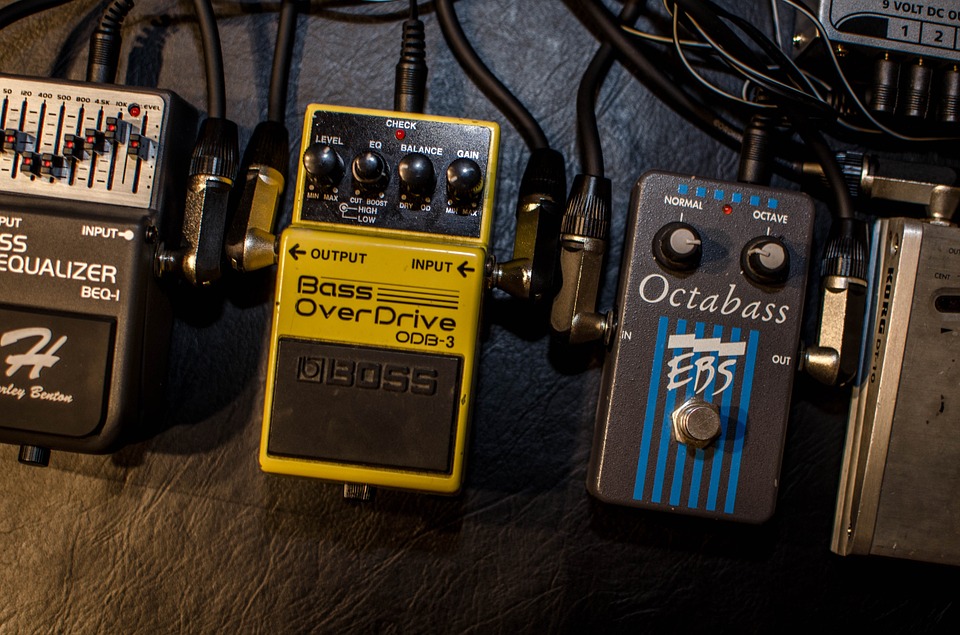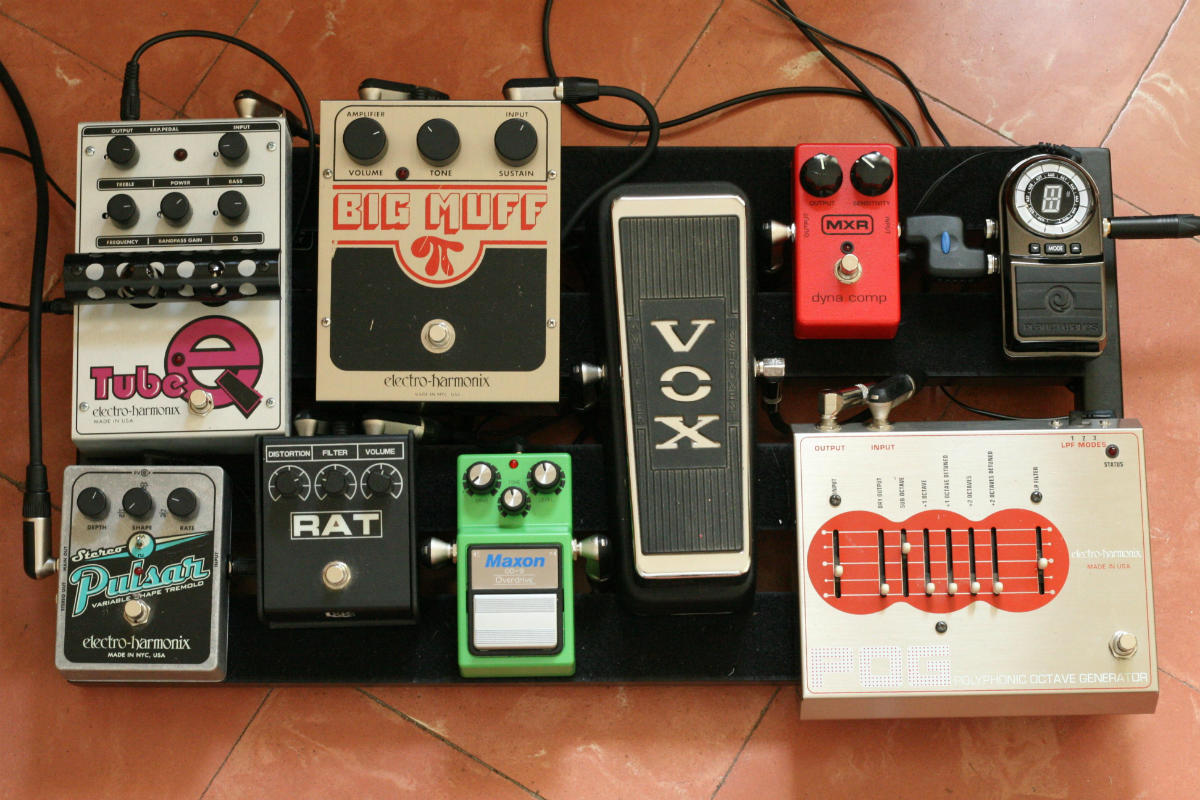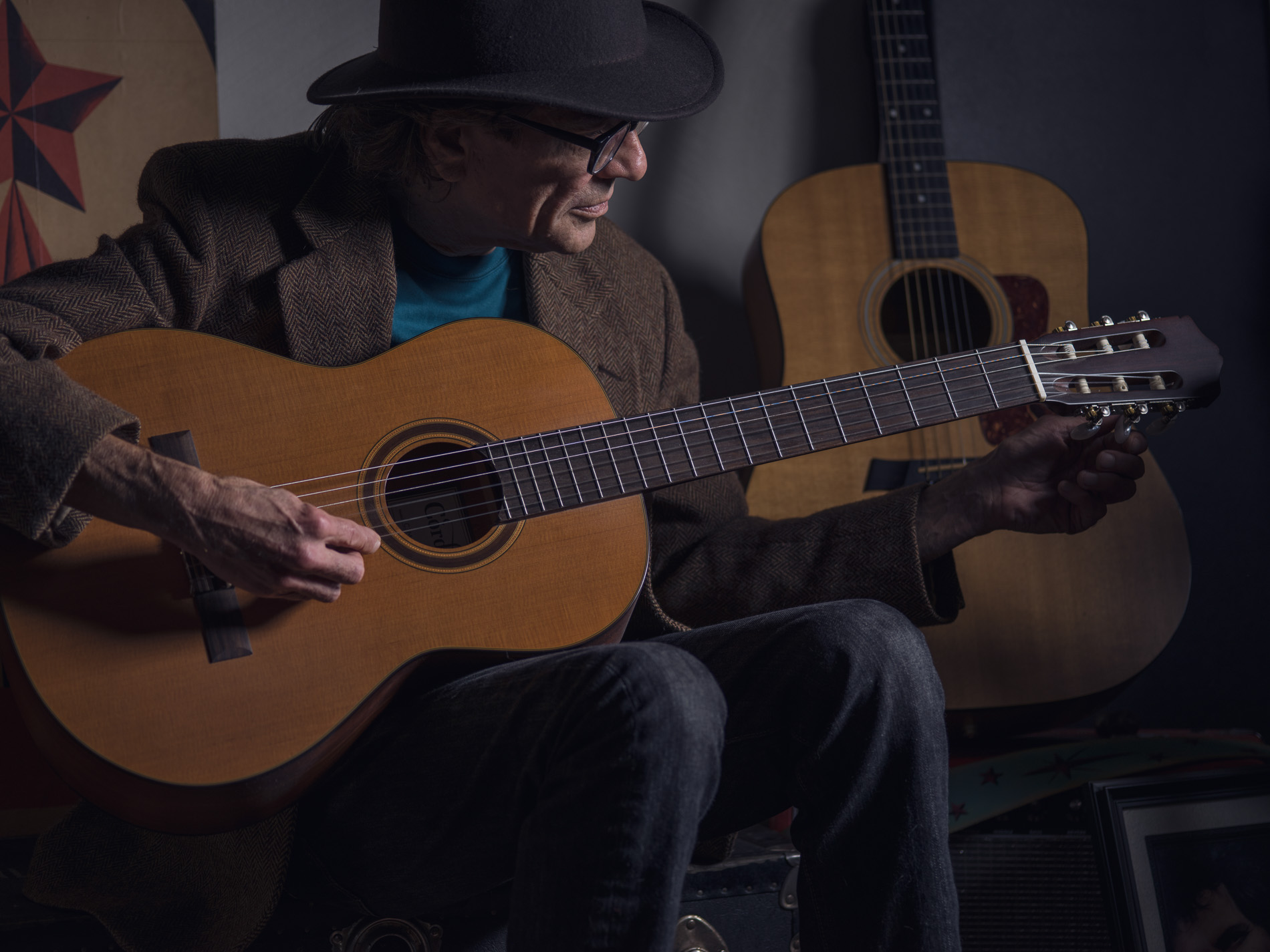
Tips for Optimizing Your Guitar Pedals
“I don’t use pedals. I stubbed my toe on a wah-wah pedal once, and that was the end of that!” – Chuck Berry
Hi groovy guys & gals! This is Pedals Galore, Bill’s guitar & amp tech guy!
I do it all for Bill! I make sure he stays upright and strumming. Bill’s alright, but he has a touch of the artsy-fartsy rubbish if you ask me.
Bill is too busy looking for secret messages from aliens in AC/DC’s tune “Shot Down in Flames” to be bothered to write his column this month. So, he’s asked me to do him a solid.
Today, we are going to talk about guitar pedals and their connecting cables because this is, after all, my area of specialty.
Bill uses an MXR Carbon Copy Digital Delay, a variety of Danelectro Units, Boss tuners, a Russian made electro harmonics fuzz, and a Dunlop Wah-Wah pedal. He has used many other brands and makes over the years. He’s also busted many.
The Facts:
All Pedals Alter the Sound of Your Guitar
All pedals will alter the sound of your guitar even when they are not engaged. To hear this, plug straight into your amp then put the pedal in between and make sure it’s not engaged. You’ll notice the difference between when your guitar is plugged straight into the amp and when it is passing through the pedal. This is why pedals are known as “tone sucks”. More expensive pedals do a better job of minimizing it, but it’s still there!
Guitar Cables Make a Big Difference in Your Tone
In the 60’s, most cables were like the cheap ones you buy at Radioshack for a dollar (if you ever want to get that authentic 60’s sound, you must use a cheap cable). Thinner, cheaper cables do not transmit much bass. They are more trebly.
Another thing to note about older cables is that they are almost never shielded. Shielding prevents the cable from picking up stray RF signals. Yes, you might occasionally hear the local radio through your amp when the atmospheric conditions are favorable if using unshielded cables.
Figure Out the Best Signal Chain
The signal chain refers to which pedals go in what order. There is much debate about this, but as a general rule, distortion units last! When distortion is at the beginning, you cannot “un-distort” the signal at all (however, you might like that).
Try your pedals in any order you like, but please try to avoid producing horrible, howling, squealing feedback. Only use inputs for input and outputs for output. Sounds simple, but I could tell you stories of Bill’s pedal mishaps…. Jeez…. Awful. Do not do this with wah-wah pedals ever! Bill did. Ask him about it sometime.
Strive for Unity Gain
Unity gain refers to a consistent output or volume throughout your pedal chain no matter which pedals are engaged (aside from booster pedals which are designed to amplify). In other words, if you have a fuzz, a delay, and a chorus pedal in your setup, the volume coming from the amp should not change regardless of the combination of pedals that are engaged.
AC/DC Which One?
It is perfectly reasonable to daisy chain your pedals and use a wall wort. However, if you want a truly clean sound with no outside RF or other interference, and love throwing away money, use batteries. Some nuts even prefer one brand to another, but I have a cat to look after, laundry to do, and grocery shopping on the horizon.
Alright then – I see I have prattled on for quite a bit here. It’s time to go. If you’d like to have a personal discussion about your pedals or want to sign up for guitar lessons with Bill, don’t hesitate to visit the contact page.
Next month, we will delve into the pedals themselves from the sublime to the utterly ridiculous!
Until then, keep pickin’!
-Pedals


